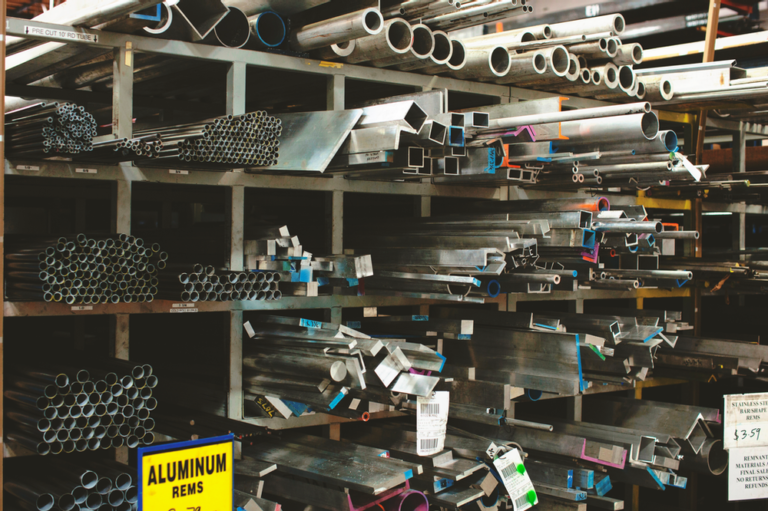Asia became a manufacturing leader during the 1960s, when Japan began exporting electronics and other retail merchandise. Twenty years later, South-East Asia became dominated by Japanese-owned manufacturing plants. During those 2 decades South Korea and Taiwan also entered the industry.
In 1990, following China’s entry, 26 1/2 percent of worldwide manufacturing was being done in Asia. Thirteen years later this figure grew to 46 1/2 percent. Today, China outputs approximately 1/2 of all Asian manufacturing.
The Shift from China to Vietnam
News releases in 2015 reported that Vietnam had become the primary supplier of Nike sneakers, accounting for 37 percent of the fabrication while Chinese numbers had dropped to 34 percent. A few years later, in 2018, Vietnam’s share of Nike product manufacturing had grown to account for 42 percent. China dropped even further to 30 percent. Over the intervening five years, news reports featured an increasing number of stories about manufacturing moving from China to Vietnam.
Chinese Wages and Currency Strength
There have been many factors responsible for the increasing attractiveness of Vietnam to provide the assembly labor including increases in the demands of the Chinese workforce and rises in their economic and currency strength.
Beginning with 2001, the hourly wages for low skilled factory labor in China have risen by nearly 12 percent per year. Additionally, their currency, the yuan, reached new all time highs when compared against other trade-weighted currencies.
In response, manufactures have sought other resources resulting in the growth of Vietnam’s market share in the assembly and fabrication of handbags, apparel, footwear and furniture items.
Further, the HSBC’s purchasing manager’s index revealed that factory output in China for November of 2014 had reached its lowest level since May of that year, falling to an index figure of 50. For understanding the index, numbers above 50 indicate growth, while those below show retraction.
Affected Products
Recent announcements from major industry leaders reveal that the shift in preference of Vietnam over China for factory production crosses several product lines:
- Esperson CEO announced shifting more of their whitefish processing from China to Vietnam.
- The TAL Group revealed plans to move their garment operations to Southeast Asia from China.
- Microsoft disclosed changes in its manufacturing strategy, resulting in shifting phone production from China to Vietnam.
- Samsung announced opening a $2 billion smart phone factory in Vietnam, followed by a later announcement of developing a $3 billion factory there to support their production requirements.
- Mitsubishi disclosed plans to develop the doors for the Boeing 777 commercial jets in Vietnam
Ambivalences with Southeast Asian Facilities
While the general picture painted about Vietnam becoming a manufacturing leader are generally optimistic, there exist a number of issues that cause concerns for overseas firms.
The location of Vietnamese ports are much better situated than their Chinese counterparts. However, the quality of the roads leading to and from them are significantly worse. This is a situation that also affects the industrial locations of Ho Chi Minh and Hanoi to the north, where the appeal of the modern industrial parks is counterbalanced by the unattractiveness of the poor vehicular access.
Travel by train has its own problems in Vietnam. Locomotive access from Hanoi to Ho Chi Minh takes roughly 34 hours. In China getting from Beijing to Urumqi by train takes close to 32 hours, for a distance that is nearly double the Vietnamese locations.
Vietnam also suffers from severe issues related to outdated manufacturing processes. In fact, the state of their manufacturing has been described as “[equivalent to] China 10 years ago.”
Chinese Advantages in Asian Manufacturing
While several factors have driven manufacturing to Vietnam, many analysts believe that China still represents a better option for several reasons that include:
- Poor Vietnamese infrastructure and heavy governmental bureaucracy representing significant barriers to smaller organizations
- Fragmentation in the Vietnamese manufacturing industry because of lack of a basic infrastructure
- Chinese domination of industry perceptions and supply chain channels, e.g., alibaba.com queries reveal that Chinese penetration is 151 times greater than Vietnamese for equivalent products
- Chinese advantage over Vietnamese for delivering local substitutes for components required for product completion



